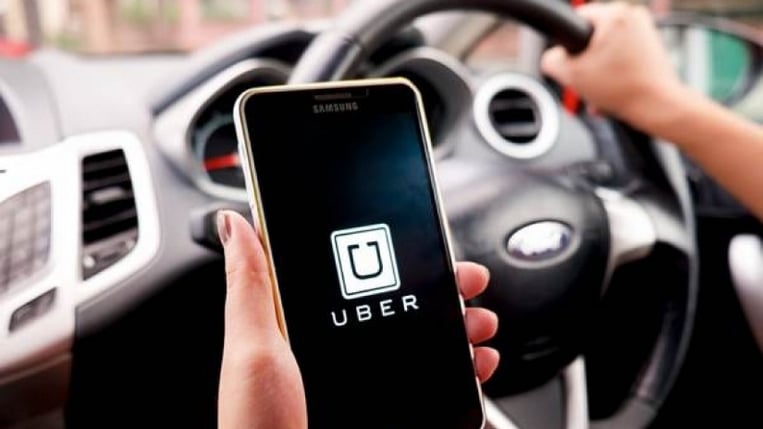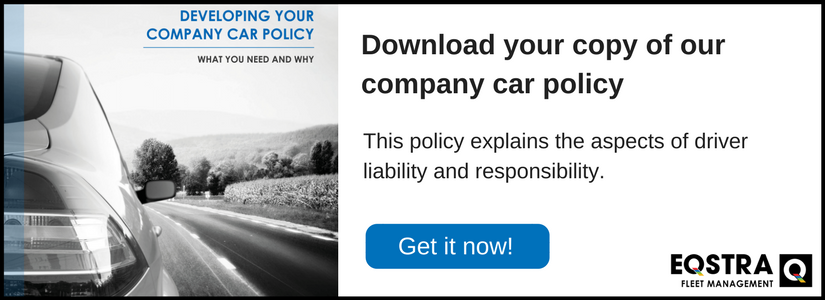
Uber, the popular ride-sharing app, is an attractive option for many fleet drivers. Find out why here.
It seems that Uber, the transportation network company, has become a subject almost as touchy as politics in South Africa. The Uber concept is such a huge disruptor that it’s created hype and fear in equal measure, with many experienced drivers seeing it as the ultimate way to earn a living, whilst many fleet owners are concerned they’ll gradually start losing their best drivers to Uber. So we decided to do a little research and speak to those with more insight on the matter.
How, exactly, does Uber work in South Africa?
Much like any business, becoming an Uber driver requires some capital investment. Uber has some very specific rules for the vehicles that can be used on their fleet, and if your vehicle doesn’t meet these standards you may have to spend money on improvements or invest in a new vehicle altogether.
Uber’s minimum vehicle requirements are:
- Model year 2013 or newer
- 4-door sedan or minivan
- Good condition with no cosmetic damage
- No commercial branding
- No Hatchbacks accepted
In addition to the above requirements, Uber also requires that all vehicles undergo regular inspections, and that all documentation (such as an Operating Licence from the Department of Transport) be up to date.
It’s by no means difficult to become an Uber driver, but it’s also not as easy as simply quitting your job, grabbing your old student car, and earning money by the next day. Drivers and employers alike should familiarise themselves with Uber’s operating and standards and stay up-to-date with any changes – this way drivers know what to expect and fleet managers know what the competitive landscape looks like.
So why would your drivers leave you for Uber?
The short answer: flexibility.
Uber offers drivers the opportunity to work when they want. They’re in charge of their own schedules and can work as much or little as they want, depending on how much they need or want to earn. It sounds like a dream job (for anyone), and it’s the main reason why fleet drivers would consider resigning and crossing over .
Is it becoming a problem for South African fleet managers and owners?
Another short answer: no.
Uber has definitely gained traction in South Africa, and it is a wildly popular mode of transport for those who can afford it, but it hasn’t gained quite as much momentum as in Europe or America, for example. Almost as soon as the Uber hype started, the realities of Uber’s earning-potential started to leak through the cracks.
In an article published on Groundup.co.za, Uber Drivers who use Cape Town International Airport as their focal point revealed the challenges of being an Uber driver. Written by Kimon de Greef, the article illustrates the huge difference between expectation and reality in the Uber world. One of the drivers interviewed is Arthur (names were changed to protect identities), an immigrant from the Democratic Republic of Congo. Arthur is one of many Uber drivers in South Africa who has to rent a car that meets Uber’s standards as he can’t afford to buy one.
As part of the interview, Groundup.co.za looked at Arthur’s Uber records for the week to get an estimate of his earnings, and the results were not positive: “Records from Arthur’s driver app reveal that he worked a total of almost 95 hours that week, grossing R4,625. From this figure, Uber subtracted its standard 20% cut, equal to R925. Arthur paid R2,500 towards car rental. He estimates his fuel cost him another R1,000. Mobile data, essential for running the app, cost R100. He also paid to have the car washed and vacuumed three times — it is important to keep Uber vehicles spotless to ensure good ratings from clients — at R75 a service. In all, he spent approximately R125 more than he earned that week, working an average of 13.5 hours for seven consecutive days.”
From the article quoted above, to a plethora of similar interviews and international blogs it’s clear that Uber is not living up to earning expectations. In many cases, it is because new drivers don’t take into considerations the 20% Uber deducts from all earnings, as well as expenses such as fuel, insurance and vehicle cleaning (remember, Uber passengers are very quick to give drivers a bad review if vehicles aren’t clean – and this leads to loss of business).
In addition to the Uber-earnings pitfalls, South Africa has another Uber-challenge: our traditional mini-bus taxis. Taxi driver’s countrywide are loudly (and sometimes violently) protesting the introduction of Uber in SA. They even have their own hashtag: #UberMustFall, and have been making it very uncomfortable (and often dangerous) for Uber drivers and passengers alike at certain hotspots around the country.
When you take all of the above into consideration, there are plenty of big problems and details that need to be ironed for Uber to become a real threat. There’s no doubt that many fleet managers and owners have lost drivers to Uber, but with the above-mentioned topics becoming general knowledge, many drivers are opting to stay in secure jobs.
So what’s the way forward?
The one thing Uber has highlighted is that many drivers feel their schedules are too demanding. Depending on the type of operation, many fleet managers don’t have a choice: goods need to be delivered on time and distance is often the deciding factor. This might be a good time, however, for companies to host roundtables or workshops with their drivers to see where and how the biggest frustrations can be alleviated. There will never be a miracle cure, but showing your drivers that you’re actively working toward addressing their concerns (and delivering), is vital to retaining top-notch drivers.
Uber Education is another way fleet managers and companies can address the ‘Uber Threat’. It’s likely that many drivers leave without doing proper research into what they’ll need, and how much it will cost, to be an Uber driver. Companies that already offer their drivers fair pay, good training and certain benefits have a lot more job security to offer their employees than Uber.
Companies who have lost, or are in the process of losing, drivers to Uber should have an open discussion about the pros and cons on both sides. Make sure your drivers are aware of the requirements needed to be an Uber driver as well as related costs (fuel, vehicle cleaning, the risks of poor ratings) and compare these to what the company has to offer. Once you lay it all on the table, it will likely be an eye-opener for drivers and fleet managers alike – Uber is not the ‘Utopia’ many perceive it to be, but many companies can also do more to keep their drivers on staff.
